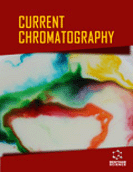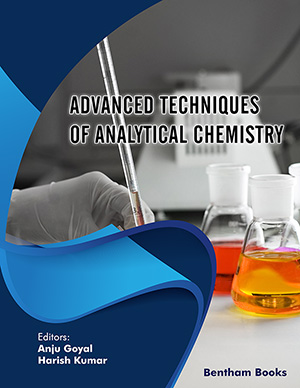Abstract
Background: Since the 1990s, technical developments and theoretical studies of columns packed with core-shell and sub-core-shell particles demonstrated improved efficiency separation, time reduction, solvent use than fully porous columns. Thanks to this chromatographic system, environmental pollutants are being analysed under green conditions.
Objective: This paper presents theoretical aspects and a review of the main features of core-shell technology focusing essentially on environmental applications.
Method: The main advantages of core-shell columns may be summarized as follows: i) reduction of the eddy dispersion A term; ii) homogeneity of the particle size distribution reducing the velocity bias; (iii) superior mass transfer kinetics; iv) better performance of the separation (faster and greater).
Results: Systematic comparisons with fully porous particles undeniably highlighted the benefits of core-shell technology in the separation of a great number of pollutants and “micropollutants” of different molecular weights which surround us and have an impact on the ecosystem.
Conclusion: Core-shell particles are emerging as green substrates for the analysis of chemical species problematic for environment. The environmental gain in terms of limitation of analysis time and solvent consumption has been demonstrated. The current manuscript proposes an update of the literature devoted to the use of core-shell particles in environmental applications. Future trends in the field and the expectations of the scientific community are also described since increasing attention is being paid to the detection of environmental pollutants.
Keywords: Core-shell, environmental fast analysis, hepatitis-C antiviral drugs, liquid chromatography, solvent waste reduction, van Deemter equation.
 71
71 3
3

















